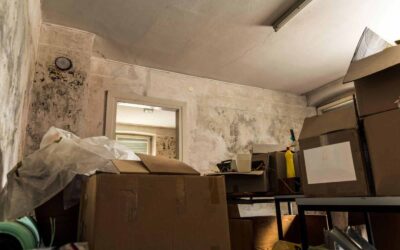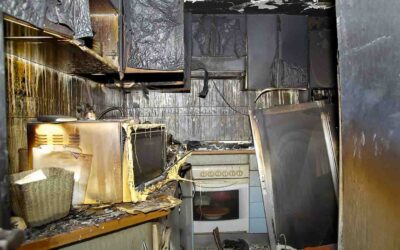So, you’ve had a flood?
We’ve talked about how to best prevent a flood in your home. What do you do if it’s too late and the water has already won? There are a number of things you can do right now that will save you time, money, and heartache.
Shut the Water Off
First, get the water shut off. We explained how to do this in a previous article. You just need to know where your shutoff valve is and have a handy-dandy tool called a water key ready to accomplish your mission. Don’t delay. Don’t look for a bucket. Proceed directly to the meter, and if you pass Go, do not stop to collect your $200. Time is of the essence, and every second means more water and more damage.
Do You Need to Call a Pro?
Now that you’ve shut the water off, decide, “Is this something that I can do myself, or do I need the help of a professional?” How do you know? In our world, floods are broken down into three classes.
- Class One: There is some water on the floor, but it didn’t touch the walls.
- Class Two: Pretty much the whole floor is wet and so is at least one wall, but maybe all the walls.
- Class Three: The floor is wet … the walls are wet, the ceiling is wet. Oh no, the water is coming from everywhere!
If you have a class two or class three flood, you need help. If you have a small class one flood, you can maybe take care of it yourself. But if you’re not even a little bit handy, it’s probably better to call in the pros.
Before the Pros Arrive
Now, we will have a future article on exactly what you need to do if you decide to try to tackle a class one flood yourself, but let’s proceed as if you are calling the pros.
At this point, you could just kick it into low gear, call for help, and wait for it to arrive. However, I’d recommend you put in just a little bit more effort, especially if they can’t be there in the next 10 to 20 minutes.
Assess the Damage
First, assess just how far the damage extends. Evaluate each affected room. Is there a room or living space below where the flood happened? If so, it’s almost inevitable the water will eventually make its way down there.
Once you have a decent handle on the extent of the damage, take photos of each affected room. You don’t have to be Ansel Adams. Your phone camera is just fine. Next, remove any and all furniture (especially wood furniture). Garages are a great place to store wet furniture, as are back decks or patios if it’s not raining.
Clean Up as Much of the Water as Possible
Now, the real work begins. If you have a shop vac, take out the filter and start sucking up water. This will be a really slow process, but it will be worth the effort. If you only have towels, mop up as much water as you can. Focus on places like wood floors. The more water you can get up, the better.
If it’s hot and dry outside, open all the windows and doors. Run the heat or AC, but at a minimum, to get the air moving. If it’s safe to plug in fans, get fans running, especially on wood floors or carpets (in that order). When the restoration contractor arrives, they will close everything up. But in the meantime, you want to give the water as much opportunity to escape as possible.
If you get all of this done, congratulations! You are an overachiever and have saved yourself a lot of time and hassle down the road. If you didn’t get this far before the restoration contractor arrived, don’t fret. You did what you could. Now it’s time to kick it into low gear and let the pros do their job.


